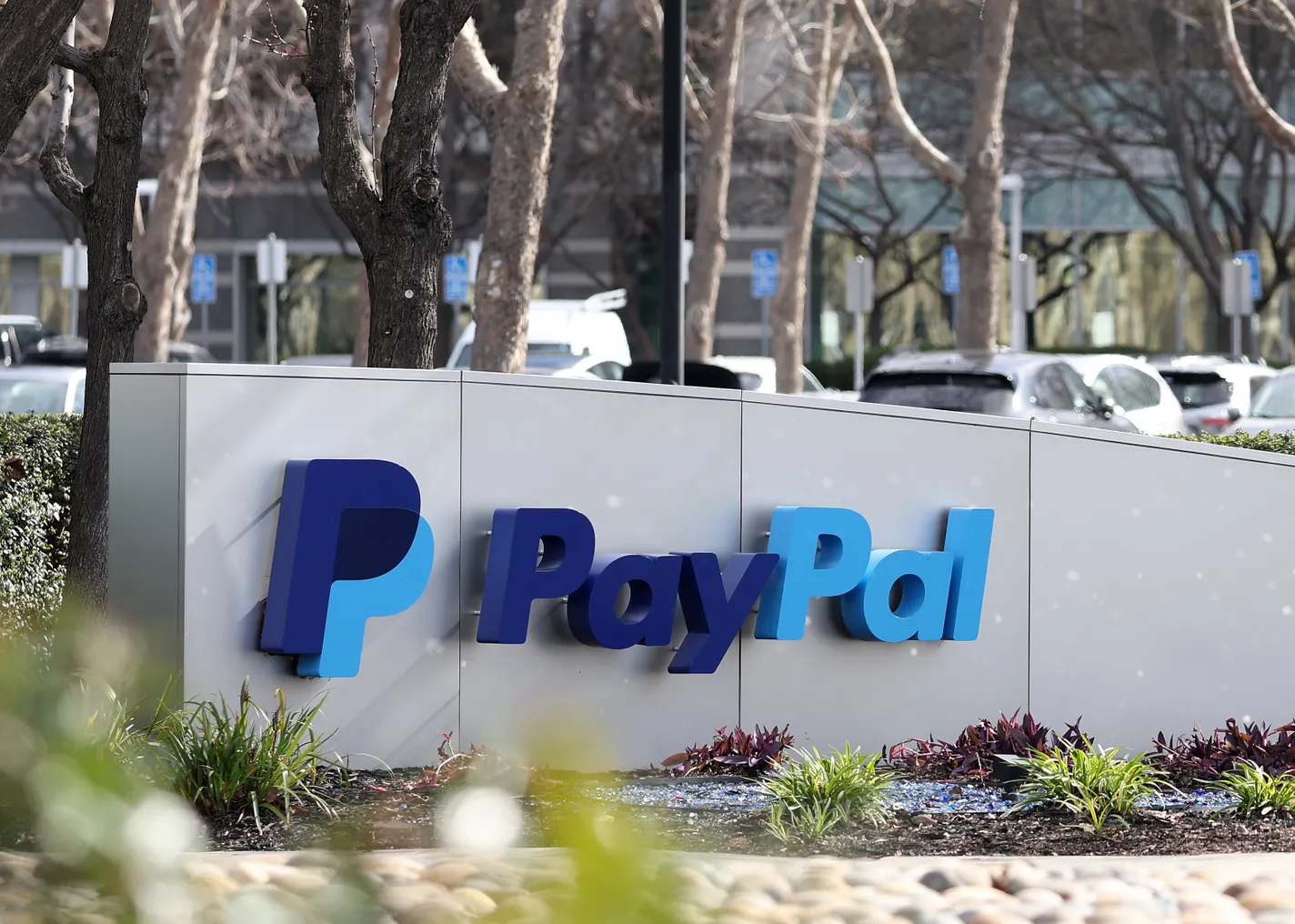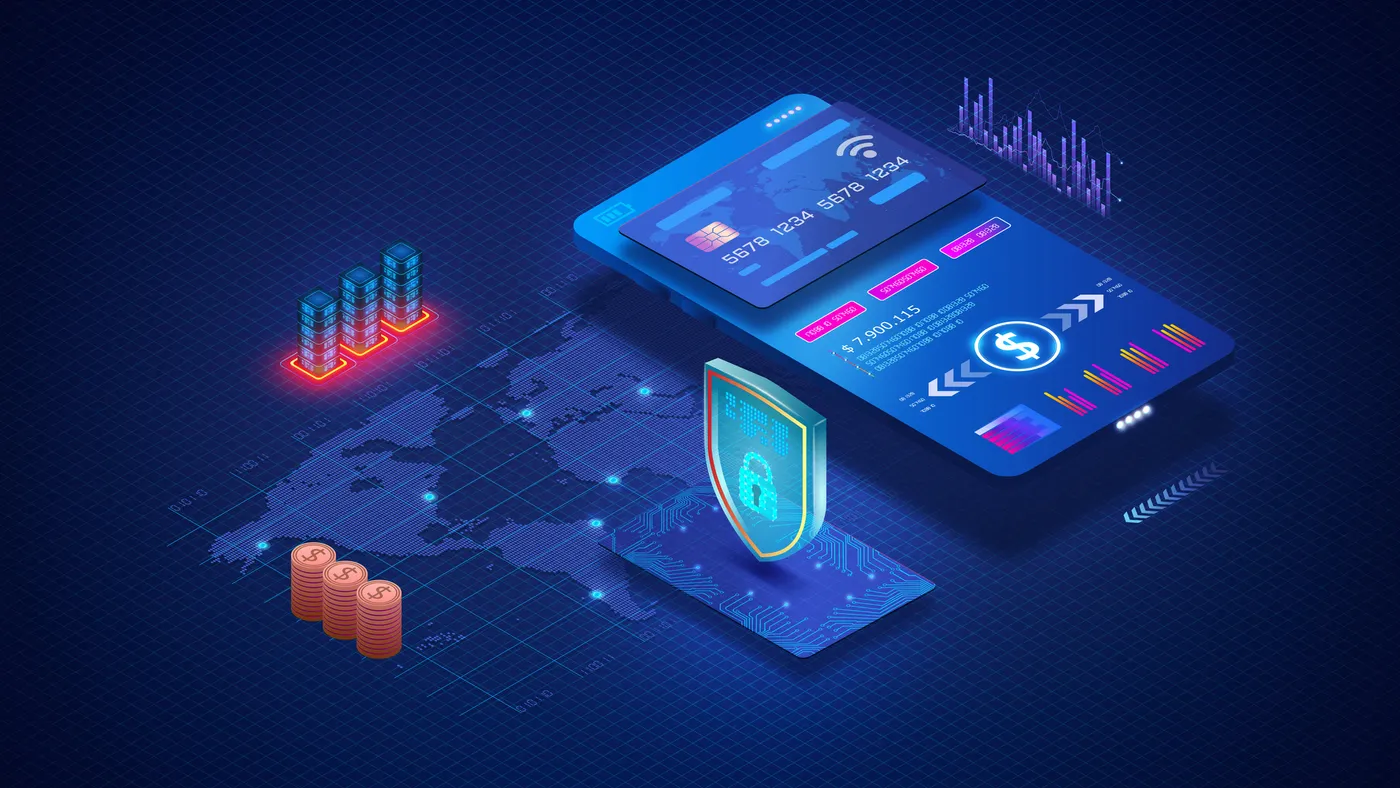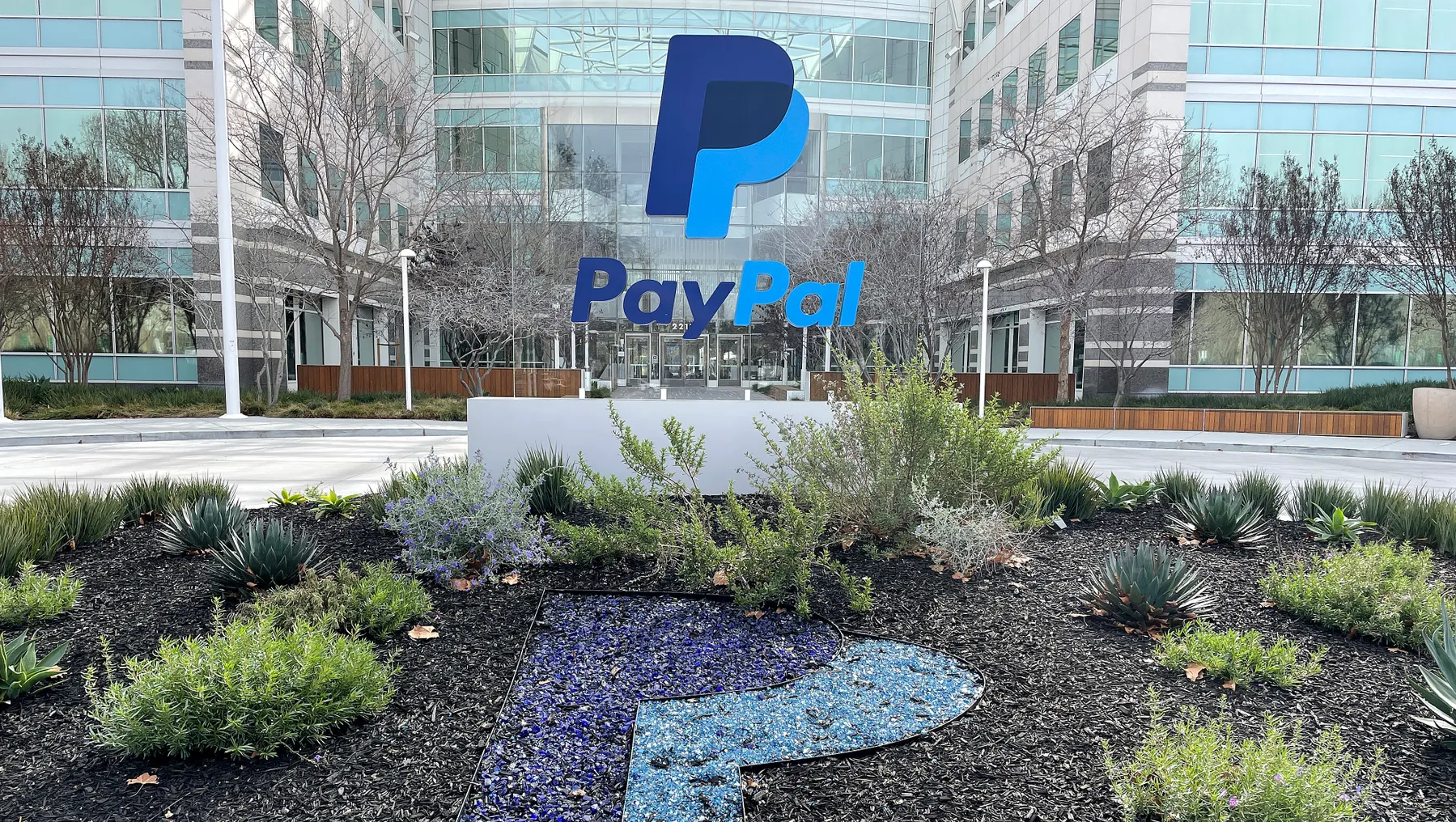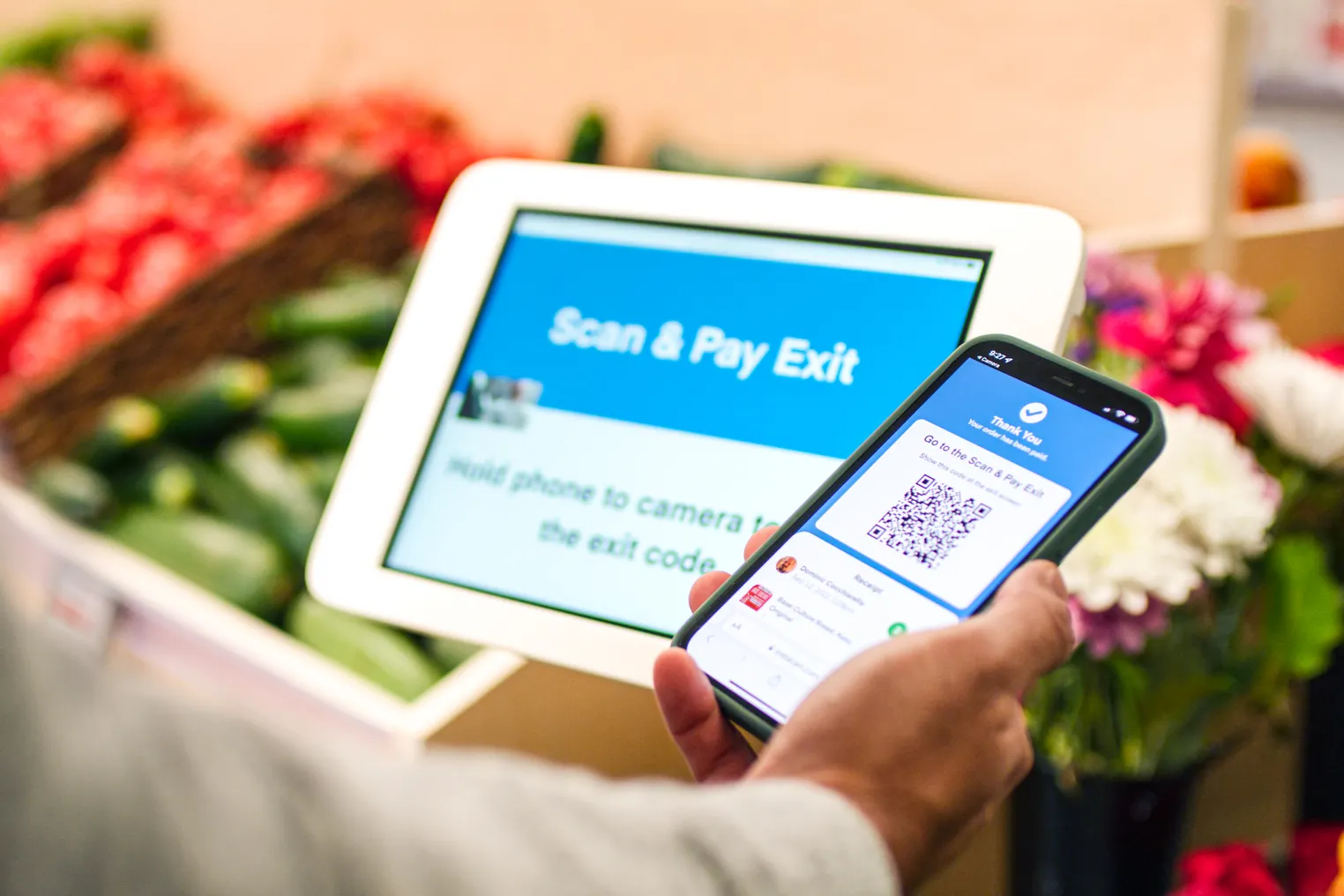By: Lynne Marek and Patrick Cooley
• Published Jan. 9, 2025
The payments industry has been on fire with change in recent years, and that’s unlikely to let up this year.
While some of the trends, such as the industry’s move toward instant payments, will remain on a steady trajectory, others are expected to emerge as more important, including the use of artificial intelligence.
Of course, expectations for rolling back regulations are high, given President-elect Donald Trump’s record. That may mean undoing some aggressive moves by federal agencies during the Joe Biden administration.
Aside from government pressures, competition and commercial incentives will keep driving modernization of payments systems, whether in government, corporate or bank operations. That will lay the groundwork for other payments trends to gather momentum. Account-to-account payment use, open banking and acceptance of stablecoins, are all expected to blossom, said industry analysts, consultants and executives.
Read on to better understand the trends that are anticipated to dominate 2025.
Payments industry participants anticipate deregulation
Trump is expected to have a lighter regulatory touch than his predecessor, which has the payments industry abuzz about what rules governing the industry might be pared back or eliminated altogether in 2025. In fact, analysts and consultants who follow the payments sector anticipate Trump may take an axe to regulations, including potentially some recently introduced.
The outgoing Biden administration, specifically the Consumer Financial Protection Bureau, has been roiling the regulatory environment since Trump was elected, finalizing new rules and filing lawsuits in a seemginly last-ditch effort to curtail certain industry practices before the Jan. 20 inauguration.
Over the past two months, the federal agency instituted a new rule for oversight of digital payments apps offered by big companies; targeted credit card reward programs; and sued Early Warning Services and big banks over the Zelle payments tool.
The agency appears to be trying to finish its Biden agenda, said Tony DeSanctis, a senior director at the consulting firm Cornerstone Advisors who focuses on banking and financial services. Those types of moves were expected, and it remains to be seen which will be reversed as Trump takes office, he said.
The agency is a frequent target for Republican criticism, and the incoming president will almost certainly replace CFPB director Rohit Chopra with someone more business-friendly, the industry observers said.
“The CFPB will probably be made to scale back some of its efforts,” predicted Bill Maurer, the director of the University of California Irvine’s Institute for Money, Technology and Financial Inclusion. The professor expects to see some aspects of the payments industry change as new Trump regulators segue to more lenient measures. “[Buy now, pay later] will be unleashed, and probably move to other sectors besides retail,” he said.
Plus, the agency’s efforts to treat BNPL more like credit cards may evaporate, Maurer said.
The new administration could also clarify some rules, like the CFPB’s regulations on open banking, which were issued in October, said Jeremy R. Mandell, co-chair of the financial services group at the law firm Morrison Foerster.
“There remain a number of open questions about the rule that the bureau finalized,” Mandell said. “I think it would benefit the industry generally — and consumers specifically — to have that clarity.”
Aside from moves at the CFPB, many in the industry wonder whether the Department of Justice will continue its lawsuit against card giant Visa over alleged monopolistic practices in the debit card network. Federal prosecutors sued Visa last year, arguing it had essentially co-opted some big tech competitors and shut out fledgling fintechs.
Trump hasn’t necessarily shown himself to be a friend to the card companies though. On the campaign trail last year, he surprised many by proposing to cap credit card interest rates paid by cardholders. Some Congress members, including Sen. Bernie Sanders, an independent from Vermont, have already volunteered to work with him on such legislation.
Card segment turmoil persists
Even the suggestion that interest rates could be capped is a key sign that card companies will remain under pressure this year.
The card companies in recent years have been under scrutiny as the bipartisan duo Sens. Dick Durbin and Roger Marshall campaigned to pass the Credit Card Competition Act, but the bill aimed at directing more competition at the Visa-Mastercard duopoly has languished.
That could change this year if the Republican vitriol directed at Visa and Mastercard during a November Senate hearing on the CCCA proposal is any indication. Congress members lashed out at the card networks, and some even suggested more severe legislative moves to rein in credit card interchange fees imposed on merchants.
“Senator Durbin is well known to be antagonistic to Visa and Mastercard, for reasons I support, but he has some interesting allies, and that keeps the prospect that the bill could pass very much alive heading into the new Congress,” said Jeff Shinder, an attorney with Shinder Cantor Lerner who has pressed class action claims against the networks on behalf of merchants.
Intense competition targeting bank card issuers and their network partners’ domination of payments is likely to continue. Companies pitching digital payment alternatives, including Block, PayPal and Klarna, have largely gained strength since the COVID-19 pandemic directed more business their way. That’s true both respect to online shopping and in-store checkout options.
In 2025, industry forces will likely spur on some card-free options seen as more cost-effective by merchants, and considered more convenient by consumers.
“The key theme around all of this is that banks have to stop playing defense, and they need to start playing offense,” said Erika Baumann, the director of commercial banking & payments at Datos Insights. “The fintechs are developing and innovating, and the banks need to be more aware of prioritizing their roadmap as opposed to following,” she added during a December interview.
The card industry could chalk up a win if the Federal Reserve reverses course, or weakens, a plan to reduce the amount that banks can charge merchants when consumers swipe their debit cards. The Fed in 2023 proposed to lower a cap on that interchange fee by about a third, but the central bank has yet to finalize the rule after an outburst of bank opposition.
Payments modernization stokes account-to-account payments
Pay-by-bank options that move funds from one account to another, without card intermediaries, are perceived by many in the industry as likely to gain ground in 2025. That’s partly because there is a broader modernization of payments systems underway.
That move toward modernizing payments systems, some of which are still bogged down in banks’ use of COBOL code, will be egged on this year by the advance of a new international standard called ISO 20022. The standard has been implemented at different paces around the world, and will progress in the U.S. this year as the Federal Reserve embraces it, including with a March 10 shift to that message format for the Fedwire Funds Service.
As those changes occur, pay-by-bank options, also known as account-to-account payments, are likely to get more attention. “A2A payments will soar” in 2025, partly because of increased interest from stakeholders such as central banks, consumers and commercial banks, analysts at S&P Global Market Intelligence predicted in a report last month.
Embedded payments, often via apps, for everything from ride-shares to morning coffees underscore the consumer habits driving the shift to digital alternatives, sometimes including a card, but often not.
The CFPB’s efforts over the past two years to usher in the era of open banking, where consumers have more leeway to move between financial institutions, is expected to support the move toward more pay-by-bank applications. With open banking, third-party payments service providers have more wherewithal to work with banks in developing new services.
Jane Larimer, the CEO of the not-for-profit payments association Nacha, said industry participants often have different views of what pay-by-bank entails, but her organization is part of an effort to define its meaning in support of its rise.
“We’ve started a work group to bring the industry together to define what is pay-by-bank,” Larimer said in a December interview. A kick-off meeting for the group was held last month, with another scheduled for this month, according to Nacha’s website.
Real-time payments crusade for adoption
Mushrooming consumer use of digital payments will keep a focus on real-time payments, even if it's partly because the Fed has had some difficulty attracting banks to FedNow, its new instant payments system.
Banks haven’t signed up for the Fed’s new instant payments system as enthusiastically as some in the industry expected since its mid-2023 launch, with about 1,200 bank participants so far. But some of the largest financial institutions are staying away.
FedNow payments volume has also been muted, based on the first statistics disclosed late last year, as banks roll out use cases slowly. The value of payments settled on FedNow during the third quarter was $17.5 billion, which amounts to just a tiny fraction of the $21.5 trillion that flowed over the ACH network during that period.
“The reality is the use cases become somewhat niche,” said DeSanctis, the Cornerstone director.
Another drag on FedNow has been a lopsided adoption pattern with more banks signing up to receive payments, and fewer agreeing to send payments. The Fed is turning its marketing muscle on that shortcoming, reminding banks in a November post that it “can save time and resources” to enable receive and send functions at the same time and another post notifying them of a new send limit feature to allow for better liquidity management.
Industry participants expect the central bank to press ahead aggressively with the system that costs $250 million annually, partly because the U.S. is playing catch-up relative to other countries that have moved ahead faster, some by way of government mandates.
In the U.S., consumers or commercial entities may ultimately need incentives to spool up use of the FedNow system because a mandate is unlikely in this country, said Tom Warsop, CEO of the Elkhorn, Nebraska-based payments software company ACI Worldwide.
But real-time payments services aren’t being offered only by the Fed. The government’s private real-time payments rival, the RTP network, nearly doubled its payment volume last year to $246 billion, according to The Clearing House, which operates the system under ownership by major banks.
Artificial intelligence becomes multi-use tool
Artificial intelligence applications and conversations will rev up this year as payments and fintech companies find new uses for it. AI became a ubiquitous theme at industry conferences and during earnings presentations last year.
With AI able to improve efficiency and productivity by analyzing massive amounts of data quickly, industry executives are brainstorming how they can harness it to streamline their internal operations and to improve customer service.
One of the most talked about AI considerations is its usefulness in buttressing fraud prevention, whether spotting patterns in criminal schemes or improving software code.
While bad actors employ AI, the emerging technology is also increasingly being used by payments companies and fintechs to anticipate and counter fraud.
Fighting fraud is one way ACI Worldwide is deploying AI, said Warsop, the company’s CEO. “It’s powerful because you can find these patterns much quicker and more effectively using AI,” he said in a December interview.
In addition, ACI is turning to AI to improve the performance of its customer representatives and as a tool for its software developers.
Digital card company Marqeta has tapped artificial intelligence in designing services that aid its buy now, pay later customers in choosing the right loan or installment plan, said Fouzi Husaini, who is the Oakland, California-based company’s chief artificial intelligence officer.
“If we leverage all of the data that we know about a customer, and what we think is going to be the best outcome for that customer — what's the right buy now, pay later options for them — we can give them a recommendation based on that,” Husaini said in an interview.
Another payments industry company, Airwallex, is using AI to expedite the approval of new customers by reviewing a potential customer’s credit and spending history in an instant, said Ravi Adusumilli, executive general manager for the Americas at the Singapore-based financial technology company. AI has the ability to make the process “faster, cheaper, more efficient, and more accurate,” he said.
Deluxe, a Minneapolis-based data and payments company, has tapped AI to improve accounts payable and receivable services for small- and mid-sized business clients, said John Rubinetti, the company’s president of B2B payments. AI can make payments processing more efficient by sorting payment types, matching them up with past data, flagging exceptions and then generating reports that show an improved path to managing the payments, he said.
Nacha, which manages the ACH network, also plans to make more use of AI, Larimer, said. “With artificial intelligence, one of the things that we’re looking at are tools that people can use with AI to help them with their understanding of the Nacha operating rules,” she said.
Stablecoin rise with B2B, cross-border use cases
Cryptocurrencies are likely to become more relevant in 2025 as fintechs, emboldened by the Trump administration’s support, push them as a viable means of payment. Stablecoins, which are a less volatile alternative to digital assets like bitcoin, will be the biggest beneficiaries of that new momentum, according to analysts and consultants who follow the industry.
Stablecoins are pegged to the value of a fiat currency such as the dollar or the euro, meaning they don’t surge or plummet in value like other cryptocurrencies. In spite of this, stablecoins have yet to achieve widespread use among consumers or businesses.
However, this could be the year that stablecoins go mainstream in the payments industry, said Sampath Sharma, a senior research analyst for S&P Global focusing on financial technology.
“We’re increasingly seeing traditional payments players, [payment service providers], banks, and card networks, getting into the stablecoin space, adding to legitimacy of stablecoins as medium of exchange,” he said.
For instance, stablecoins will be more frequently used to transfer money across national borders in 2025, analysts and consultants predicted. Moving money between countries is expensive and complicated, and converting payments into stablecoins and sending them to an overseas merchant or consumer could cheapen and simplify that process.
“It removes the constraints of the traditional banking system,” said Kwamie Dunbar, director of fintech programs at Worcester Polytechnic Institute.
Dunbar expects remittances to be a major application for stablecoins in the coming year, as the digital assets — which require only the use of a smartphone — give the unbanked and underbanked an easier way to transfer money.
Sharma singled other out wholesale and business-to-business payments as two possible areas where there may be an increase in stablecoin transactions in the future.
Article top image credit: Courtesy of Instacart









